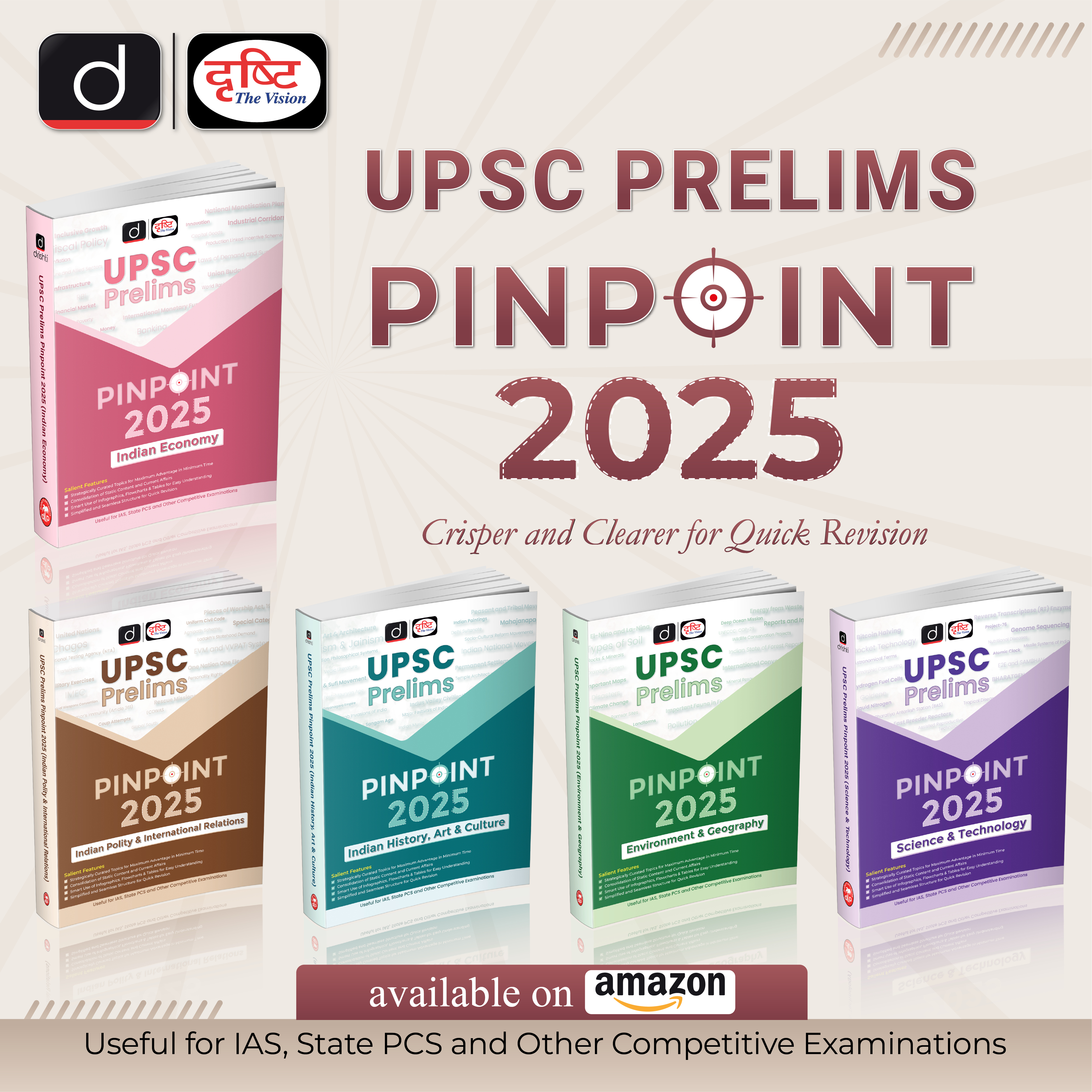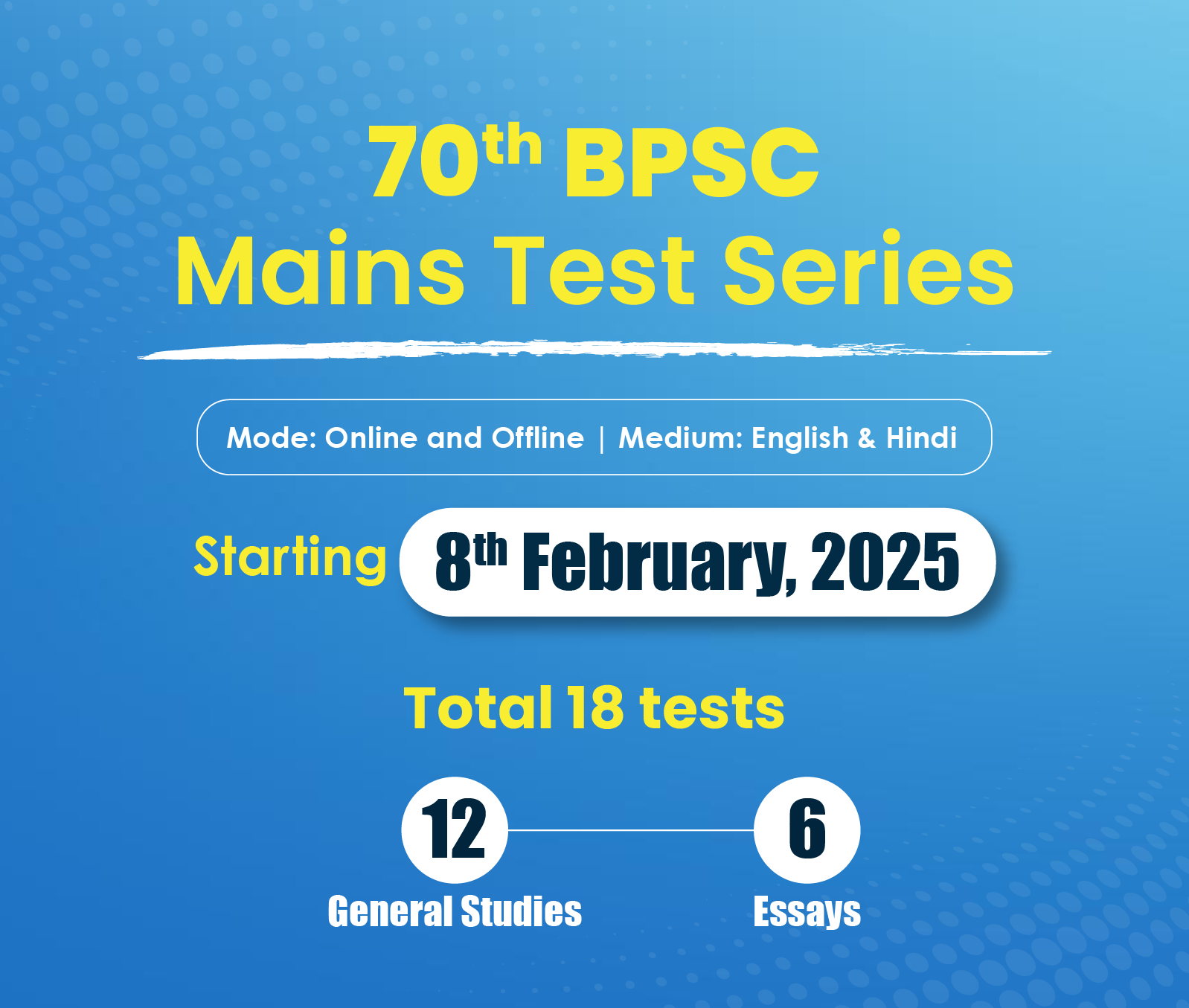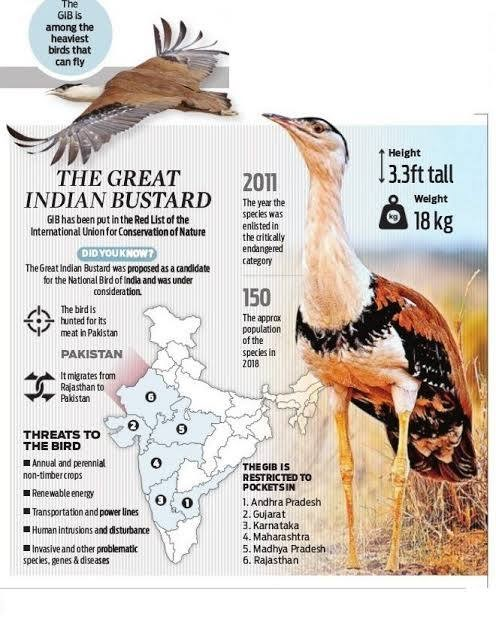Uttar Pradesh Switch to Hindi
New Noida Development Plan
Why in News?
Recently, the Uttar Pradesh government approved the development of New Noida City to boost residential, industrial, and logistics infrastructure by 2041.
Key Points
- Location:
- Spanning 209.11 sq. km, covering 84 villages in Gautam Buddha Nagar and Bulandshahr districts.
- Features:
- Balance residential distribution and align with future growth.
- Affordable homes for all categories, especially industrial workers.
- Industrial hubs, Multi-Modal Transport Hub (MMTH), and Logistics Hub (MMLH).
- Phased Development:
- Phase 1 (2024-2028): Develop arterial roads over 1,432 hectares.
- Phase 2 (2028-2034): Focus on Northern and Southern zones; develop 3,136 hectares.
- Phase 3 (2033-2039): Commercial and industrial spaces; develop 5,908 hectares.
- Phase 4 (2037-2043): Finalize industrial, public spaces, and residential areas.
Multi Modal Logistics Park (MMLP)
- About:
- Developed under a ‘Hub & Spoke’ model, the MMLP will integrate multiple modes of freight transport through highways, railways & inland waterways.
- The Multi Modal Logistic Park project is poised to develop state-of-the-art large scale warehousing facilities for different types of commodities, to become a one stop solution for all services related to cargo movement like warehousing, custom clearance, parking, maintenance of trucks etc.
- It will have all the facilities like warehouses, railway siding, cold storage, custom clearance house, yard facility, workshops, petrol pumps, truck parking, administrative building, boarding lodging, eating joints, water treatment plant, etc.
- Focus:
- The MMLPs will focus on a technology driven implementation for a state-of-the-art freight management system.
- Many value-added services like packaging, repackaging and labelling will be available in these projects.
- MMLP will be a freight handling facility for mechanised material handling and value-added services along with other associated facilities.
- The MMLPs will focus on a technology driven implementation for a state-of-the-art freight management system.
Rajasthan Switch to Hindi
IVF Breakthrough for the Great Indian Bustard Conservation
Why in News?
Recently, a significant step was taken to save the critically endangered Great Indian Bustard (GIB) as a chick was successfully born through In-Vitro Fertilization (IVF), marking a major milestone in conservation efforts for the species.
Key Points
- IVF Success in Conservation:
- A Great Indian Bustard chick was successfully born through IVF, a first for the species, giving a major boost to ongoing conservation efforts aimed at saving this critically endangered bird.
- This breakthrough comes as the species faces severe population decline, largely due to habitat loss and collisions with power lines.
- The chick was born under the Species Recovery Programme at the Desert National Park in Rajasthan, which is home to the last remaining wild population of GIBs.
- In-Vitro Fertilization (IVF):
- It is a widely used assisted reproductive technology (ART) aimed at facilitating pregnancy when natural conception is difficult or impossible.
- It involves a series of steps designed to allow fertilization of an egg outside the body, in a laboratory setting, before implanting the embryo back into the female’s uterus. This process is now being applied in wildlife conservation, such as in the recent case of the Great Indian Bustard.
- Great Indian Bustard:
- Habitat: Grasslands of Rajasthan, Gujarat, Maharashtra, and parts of Karnataka.
- Conservation Status: Listed as "Critically Endangered" on the International Union for Conservation of Nature (IUCN) Red List.
Desert National Park
- It is situated on the western border of India within the Jaisalmer & Barmer Districts of Rajasthan.
- Great Indian Bustards, Rajasthan State animal (Chinkara), State tree (khejri) and State flower (Rohida) are found naturally at this park.
- It was declared a UNESCO World Heritage Site in 1980 and National Park in 1992.
Kutch Bustard Sanctuary
- The Kutch Bustard Sanctuary is located near Nalia in the Kutch district of Gujarat, India.
- It is the smallest sanctuary in the country, spread over just two square kilometres. The sanctuary, also known as the Lala-Parijan sanctuary, was declared in July 1992 primarily to safeguard the endangered Great Indian bustard.
- The sanctuary is home to three species of Bustards: the Great Indian bustard, lesser floricans, and the Macqueen bustard.
Jammu & Kashmir Switch to Hindi
J&K LG Calls Assembly Session
Why in News?
The Lieutenant Governor (LG) of Jammu & Kashmir, has called for an assembly session on 4th November, 2024, marking a significant legislative moment for the Union Territory.
Key Points
- The decision was made under Sections 18 and 19 of the J&K Reorganisation Act, 2019. This Act governs the functioning of Jammu & Kashmir as a Union Territory since its bifurcation in 2019.
- Powers of the LG:
- Under Article 239A of the Indian Constitution, the LG of a Union Territory has the authority to summon and address legislative assemblies, similar to the powers vested in a Governor for states.
- The LG is also responsible for ensuring the smooth conduct of business in the assembly, including the election of the speaker.
- Procedure for Conduct of Business:
- The election of the speaker is scheduled for 4th November, as per Rule 19(1) of the J&K Reorganisation Act, 2019, which governs the legislative assembly's conduct in Jammu & Kashmir.
- The LG will address the assembly in the opening session, outlining the administrative and policy directions of the government. This is akin to the traditional governor’s address in states, setting the legislative agenda for the new assembly.
Jammu & Kashmir Reorganisation Act, 2019
- It divided Jammu and Kashmir into 2 Union Territories of Jammu & Kashmir and Ladakh.
- It repealed Article 370, which had granted Jammu & Kashmir a unique status.
- Leh and Kargil districts were included in the Union Territory of Ladakh, while the remaining areas became part of Jammu and Kashmir.
- Five Lok Sabha seats were retained by Jammu and Kashmir, and one was transferred to Ladakh.
- Legislature: The seats in the Legislative Assembly will be reserved for tribal and scheduled caste people to keep the proportion intact of their population in the Union Territory of Jammu and Kashmir.
- The Lt. Governors can nominate two women members for the Assembly to represent women if women are not sufficiently represented to justify equality between men and women.
- The elected Legislative Assembly will continue for 5 years, and the Lt. or The Governor will summon the Assembly once every six months.
- The Legislative Assembly has the right to pass a law for any given part of the Union Territory of J&K related to any of the matters listed in the Indian Constitutions State's List except for the "Police" and "Public Order."
- Any matter specified in the Concurrent List will be applied to Indian Union Territories. Furthermore, Parliament will have the decision-making power to create laws for Jammu Kashmir and its Union Territory.
Haryana Switch to Hindi
Haryana's Crackdown on Stubble Burning
Why in News?
A Supreme Court bench expressed concern over the "complete insensitivity" of the state government in addressing air quality degradation due to stubble burning.
- The court directed the Commission for Air Quality Management (CAQM) to take punitive measures against government officials for their failure to act against violators.
Key Points
- Suspension of Officials:
- Haryana government suspended 24 agricultural department officials for failing to prevent stubble burning in the state, a practice that contributes to severe air pollution.
- The Haryana government has implemented stringent policies to curb stubble burning, which worsens air quality in the NCR and surrounding regions during winter.
- Stubble Burning:
- Stubble burning is a process of setting on fire the straw stubble, left after the harvesting of grains, like paddy, wheat, etc. It is usually required in areas that use the combined harvesting method which leaves crop residue behind.
- It is a common practice in October and November across North West India, but primarily in Punjab, Haryana, and Uttar Pradesh.
- Effects of Stubble Burning:
- Pollution:
- Emits large amounts of toxic pollutants in the atmosphere which contain harmful gases like methane (CH4), Carbon Monoxide (CO), Volatile Organic compounds (VOC) and carcinogenic polycyclic aromatic hydrocarbons.
- These pollutants disperse in the surroundings, may undergo a physical and chemical transformation and eventually adversely affect human health by causing a thick blanket of smog.
- Soil Fertility:
- Burning husk on the ground destroys the nutrients in the soil, making it less fertile.
- Heat Penetration:
- The heat generated by stubble burning penetrates into the soil, leading to the loss of moisture and useful microbes.
- Pollution:
- Alternatives to Stubble Burning:
- Use of Technology- For example Turbo Happy Seeder (THS) machine, which can uproot the stubble and also sow seeds in the area cleared. The stubble can then be used as mulch for the field.
Commission for Air Quality Management (CAQM)
- About:
- CAQM is a statutory body formed under the Commission for Air Quality Management in National Capital Region and Adjoining Areas, Act 2021.
- Earlier, the commission was formed through the promulgation of the Commission for Air Quality Management in National Capital Region and Adjoining Areas Ordinance, 2021.
- The Commission for Air Quality Management in National Capital Region and Adjoining Areas, Act 2021 also dissolved the Environment Pollution Prevention and Control Authority (EPCA) established in the NCR in 1998.
- CAQM is a statutory body formed under the Commission for Air Quality Management in National Capital Region and Adjoining Areas, Act 2021.
- Objectives:
- To ensure better coordination, research, identification and resolution of problems surrounding the air quality index and for matters connected therewith or incidental thereto.
- Scope:
- Adjoining areas have been defined as areas in the states of Haryana, Punjab, Rajasthan, and Uttar Pradesh adjoining the NCR where any source of pollution may cause an adverse impact on air quality in the NCR.
- Composition:
- The Commission will be headed by a full-time chairperson who has been a Secretary to the Government of India, or a Chief Secretary to a State government.
- The chairperson will hold the post for three years or until s/he attains the age of 70 years.
- It will have members from several Ministries as well as representatives from the stakeholder States.
- It will have experts from the Central Pollution Control Board (CPCB), Indian Space Research Organisation (ISRO) and Civil Society.
- Functions:
- Coordinating actions taken by concerned state governments (Delhi, Haryana, Punjab, Rajasthan, and Uttar Pradesh).
- Planning and executing plans to prevent and control air pollution in the NCR.
- Providing a framework for identification of air pollutants.
- Conducting research and development through networking with technical institutions.
- Training and creating a special workforce to deal with issues related to air pollution.
- Preparing various action plans such as increasing plantation and addressing stubble burning.




%20MPPCS%202025%20Desktop%20E.jpg)
%20MPPCS%202025%20Mobile%20E%20(1).jpg)










.png)
.png)











 PCS Parikshan
PCS Parikshan



